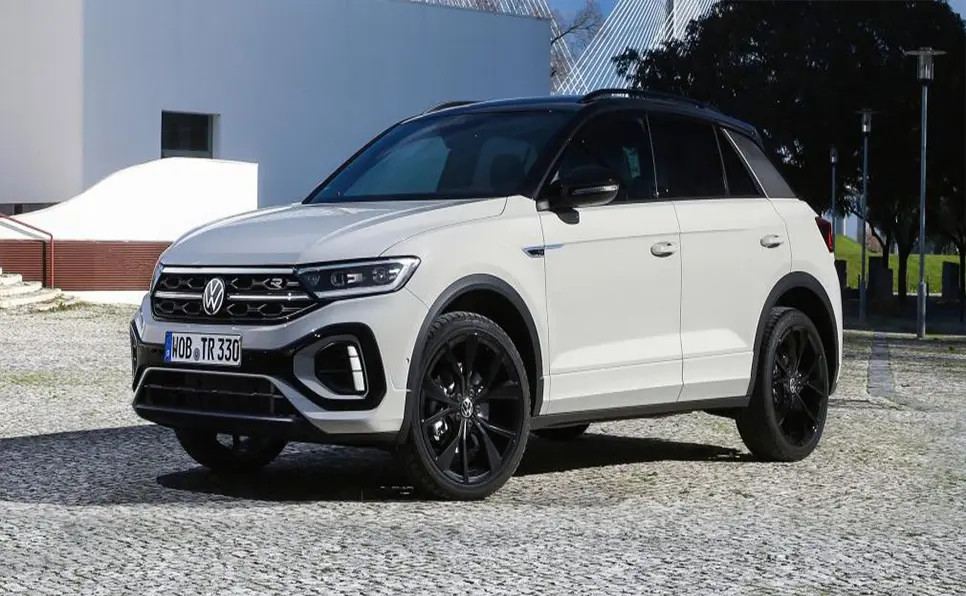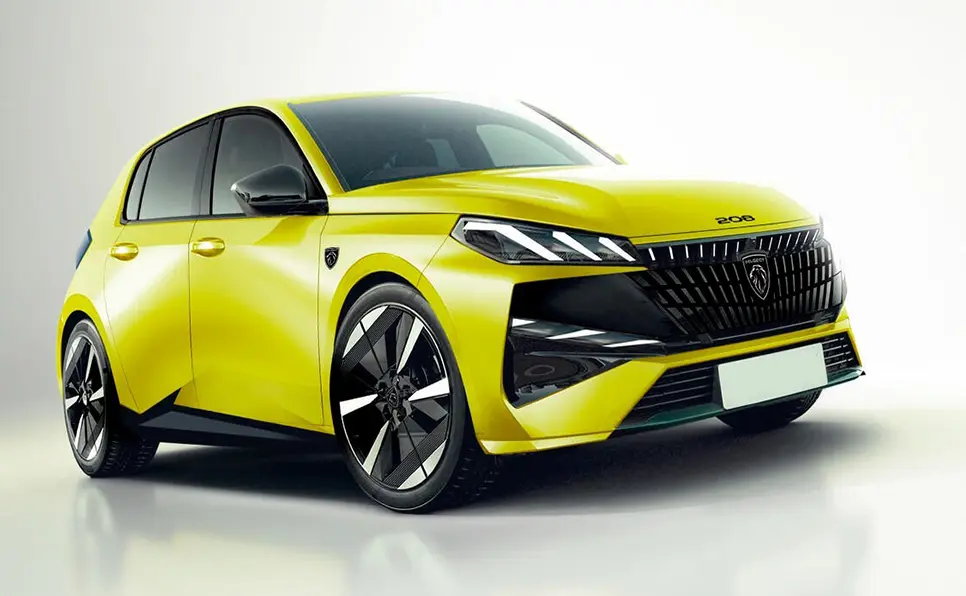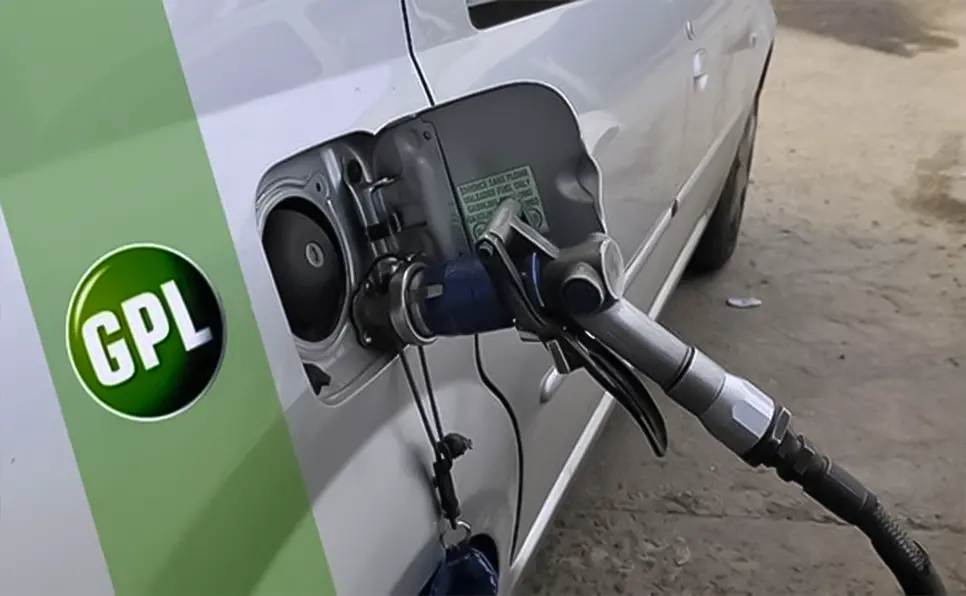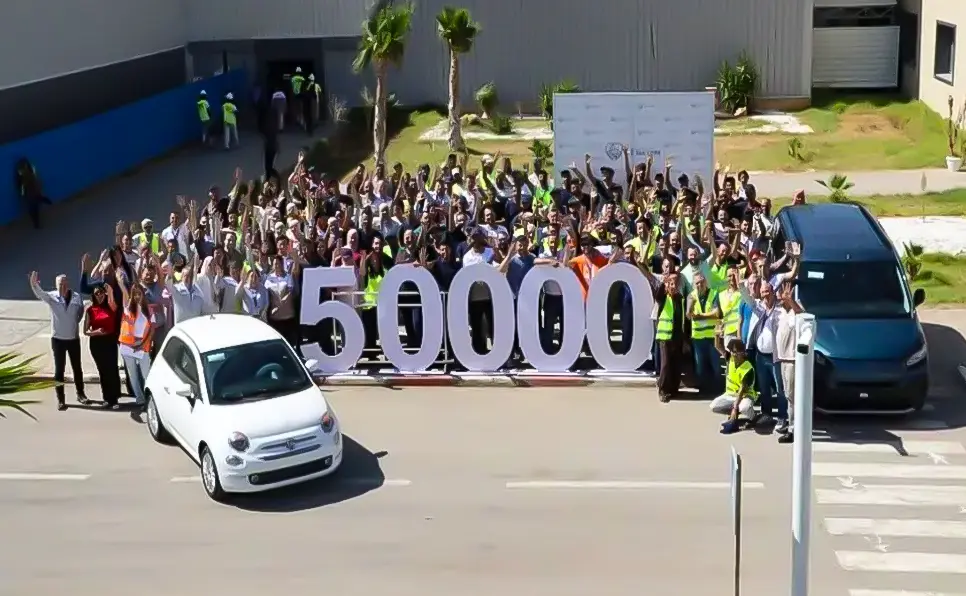
Nissan’s new CEO, Ivan Espinosa, faces a daunting task in improving the struggling Japanese automaker’s performance, with no guarantees it will be able to reverse declining sales revenue, even as he seeks to cut costs.
Amid a shortage of new models, new tariffs in its largest markets, and intense competition from domestic and Chinese rivals, Nissan will struggle to sustain sales, which have fallen 42% since fiscal year 2017.
Espinosa revealed plans on Tuesday to cut an additional 11,000 jobs and close seven factories. He indicated that sales volume is expected to fall 3% in the current fiscal year, with continued pressure on performance in its key markets.
The company forecasts an 18% decline in sales in China, while sales in North America and Japan are expected to remain roughly flat. However, analysts say the Japanese automaker lacks a hybrid lineup, and its electric models are not performing as well as they should.
Nissan will have to launch and develop new models, but this takes time, and there’s no guarantee they will be more successful than existing models. Espinosa has promised to significantly shorten vehicle development times and focus his strategy in the United States on crossovers and SUVs.
He said, “We recognize that a sustainable recovery cannot rely solely on cost reductions. It must also be supported by strong product offerings.”
Nissan will begin rolling out a plug-in hybrid version of the Rogue SUV, its best-selling vehicle in the United States, in North America during the current fiscal year, co-developed with partner Mitsubishi. Another hybrid version of the vehicle will be launched in the next fiscal year, equipped with Nissan’s e-Power hybrid technology.
However, despite Nissan’s efforts to save the company and extricate it from its crises, the strategy may not be enough, as plug-in hybrids don’t generate the same level of demand as pure hybrid models, which could exacerbate the company’s problems by wasting time and money on ineffective solutions.
New U.S. tariffs on imported cars and auto parts are complicating Nissan’s plan to keep its sales down to just 3%, reaching 3.25 million vehicles this fiscal year, and its need to improve shrinking profit margins.
The tariffs will force Nissan to raise selling prices in the United States and increase the costs of supplies for its factories there.
Sales in the United States rebounded to about 938,000 vehicles last fiscal year, but this increase was largely driven by smaller, cheaper vehicles like the Sentra and Versa imported from Mexico.
Nissan’s operating profit margin in the North American region fell to -0.5% in the just-ended fiscal year from 4.6% in the prior period, even as more cars were sold there.
The company, which imports less than 45% of its total U.S. sales from Mexico and Japan, expects U.S. President Donald Trump’s tariffs to cost it $3.1 billion this fiscal year.
Profit margins are also under pressure as Nissan ramps up incentives to reduce inventories of older vehicles.
At the same time, the company faces increasing competition not only from fast-growing Chinese electric vehicle makers like BYD, but also from domestic rivals, according to analysts.
Smaller rival Suzuki outsold Nissan in the first three months of 2025 and is expected to replace it as Japan’s third-largest automaker after Toyota and Honda this year.
Among its many mistakes, analysts say, Nissan is paying the price for years under former chairman Carlos Ghosn, when it focused excessively on sales volume and used heavy discounts to maintain vehicle sales.
This has damaged its brand reputation and left the company with an aging lineup that it is struggling to modernize.









